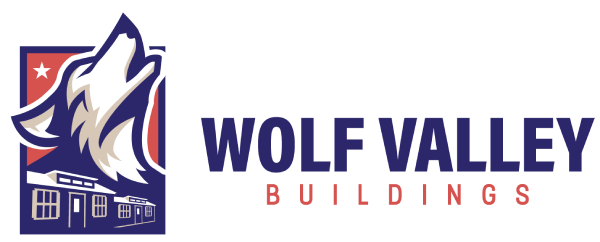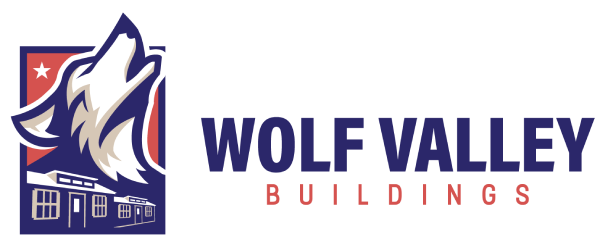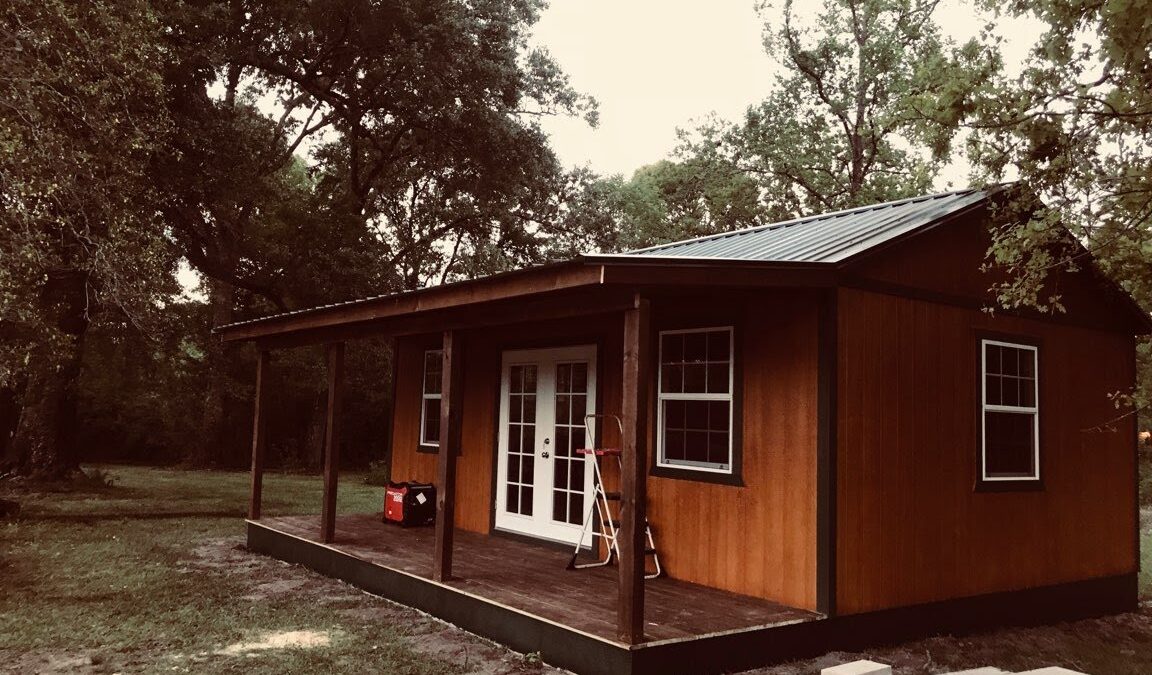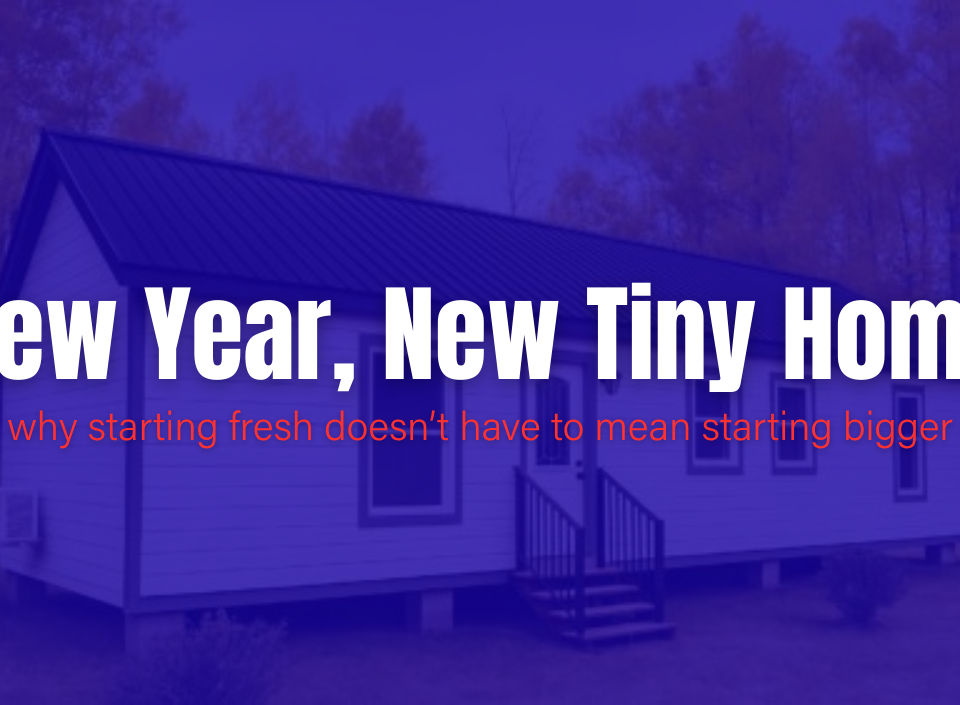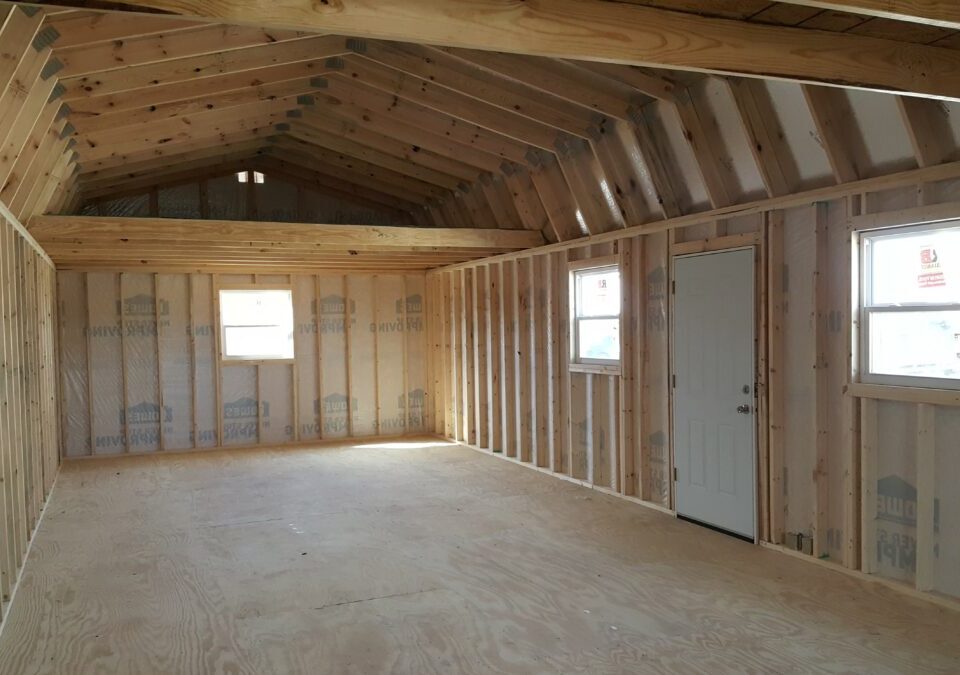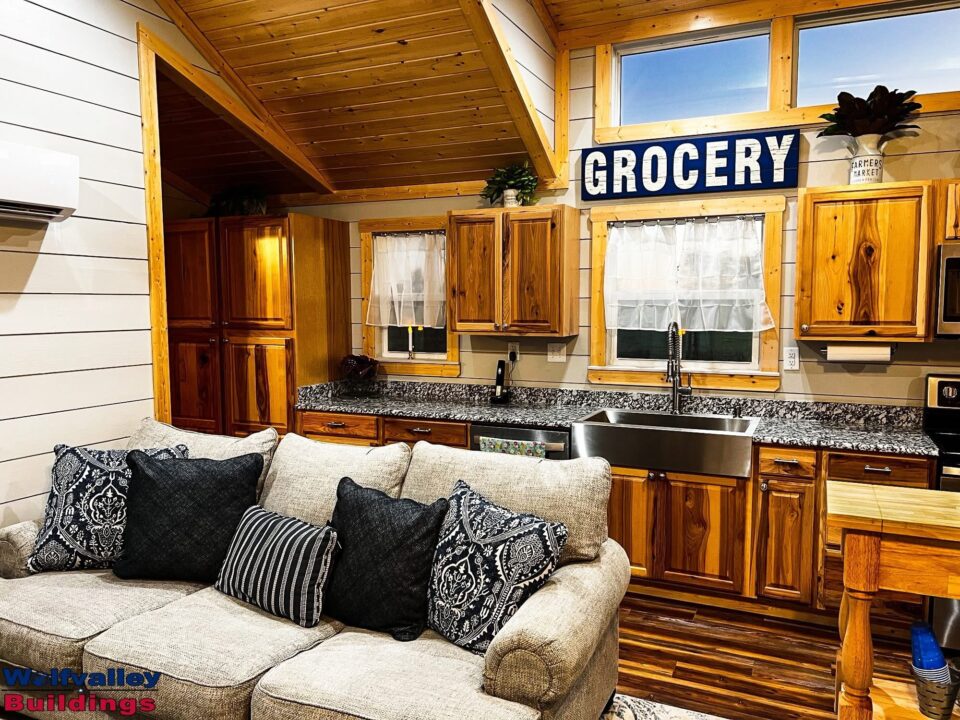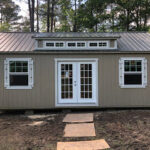
Land Buying Checklist for Tiny Homes
July 22, 2025
Tiny Home Zoning Laws: What You Need to Know
July 24, 2025🚿 Water & Sewer Considerations for Tiny Homes
When planning your tiny home, there are water and sewer considerations to make. It’s easy to focus on design, storage hacks, or the perfect porch. But without water and sewer, none of that matters. These two systems are what make everyday living possible. They keep you comfortable, safe, and clean—and they’re often the trickiest part to figure out.
Before you build or place your home, ask one essential question: does your land have access to utilities?
🔌 On-Grid Options: Municipal Hookups
If you’re buying land in an established neighborhood or inside city limits, you might be in luck. Municipal water and sewer lines may be available, allowing you to hook up like any traditional home. This is the most straightforward option—but don’t assume it’s automatic.
You’ll need permits, tap fees, and inspections. Some cities charge thousands for these connections, so always get estimates upfront from the local utility office. It’s also smart to check water pressure and line capacity to make sure it fits your home’s size and needs.
💧 Wells and Septic for Rural Properties
Most rural tiny homeowners install private systems—a well for water and a septic tank for waste. A well involves drilling, installing a pump, and routine water testing. Septic systems require a tank and leach field to treat wastewater. Both systems are regulated by local health departments and can be costly depending on your soil and lot layout.
Some counties require multiple acres for septic approval. Others have strict rules on soil percolation or may deny a permit entirely if the terrain doesn’t support it. Before you buy, request a soil test or ask if one has already been done.
🌧️ Off-Grid Water Systems
Many tiny home dwellers are embracing sustainable, off-grid living. Rainwater collection systems paired with filtration units can provide safe drinking water in areas with moderate rainfall. Some also use portable water tanks or water delivery services in drier areas.
Grey water—wastewater from sinks and showers—can be reused for irrigation if local regulations allow. However, many areas require it to be routed through a septic system or special disposal system. Always check what’s legal before installing your setup.
🚽 Waste Options: Septic vs Composting
Composting toilets are one of the most popular solutions for tiny homes—especially for off-grid use. They require no plumbing, conserve water, and can legally replace traditional toilets in many rural areas.
Models like the Nature’s Head or Sun-Mar are low-odor, easy to clean, and ideal for small spaces. They separate liquids and solids, breaking waste down using aerobic bacteria. Just make sure your local county permits them before relying solely on this option.
🛠️ Planning Your Utility Layout
Tiny homes need intentional plumbing. Because the systems are smaller, it’s crucial to protect pipes from freezing and regulate pressure. A water pressure regulator can prevent damage if you’re connecting to municipal systems.
If you’re using tanks or pumps, they need to be sized correctly for your household. Whether it’s a family of four or a solo dweller, daily water use adds up—especially for showers, dishes, and laundry.
At Wolf Valley Buildings, our team can help you design your tiny home with flexible plumbing options to match your chosen setup. From composting toilet prep to under-floor tank access, we think ahead so you can move in stress-free.
Utility planning isn’t glamorous, but it is non-negotiable. When your water and sewer systems work smoothly, tiny living feels just like home—only simpler, smarter, and more sustainable.
Internal Links:
Land Buying Checklist for Tiny Homes
Minimalist Living Hacks for Your Tiny Home
🔗 External Resource:
